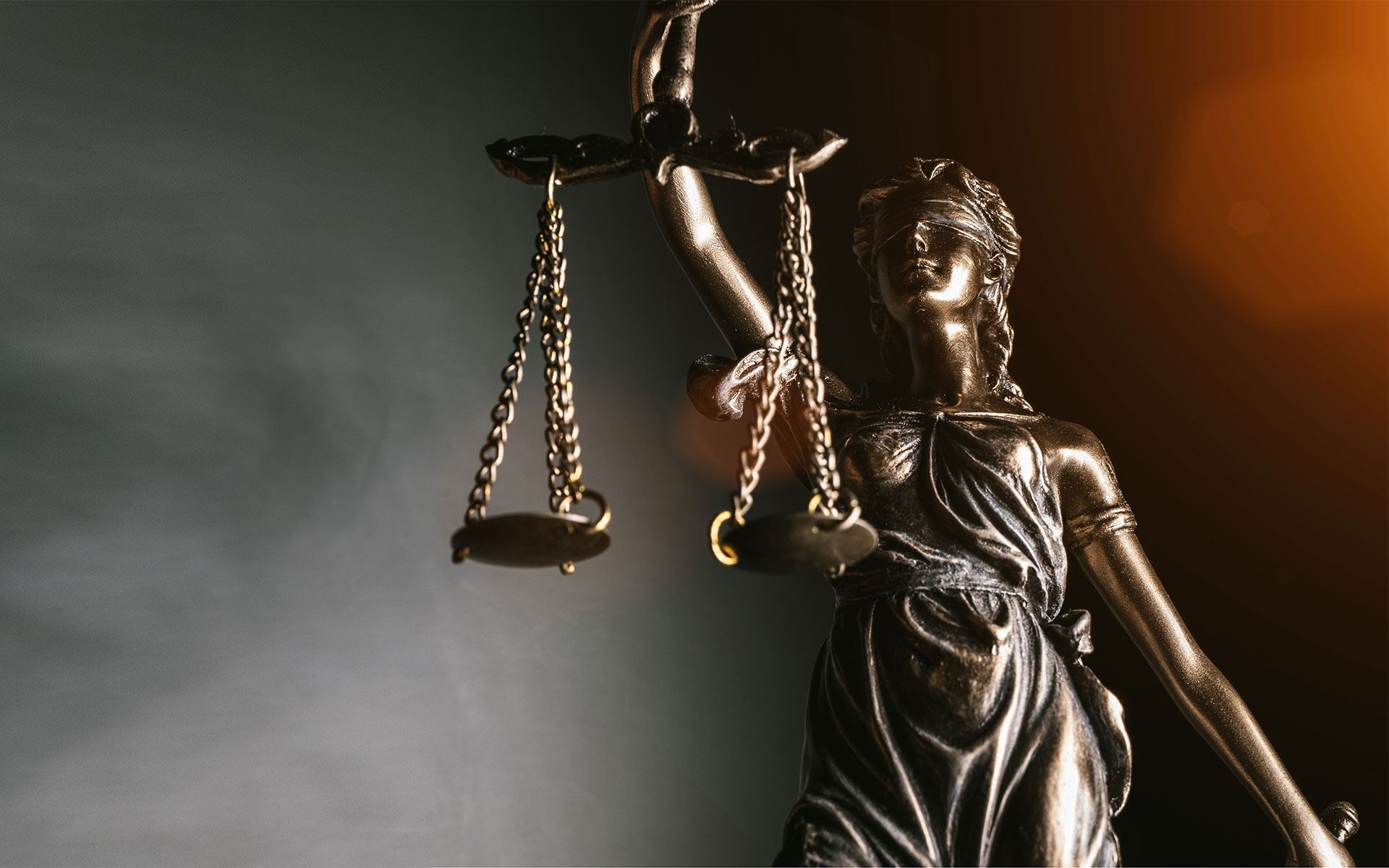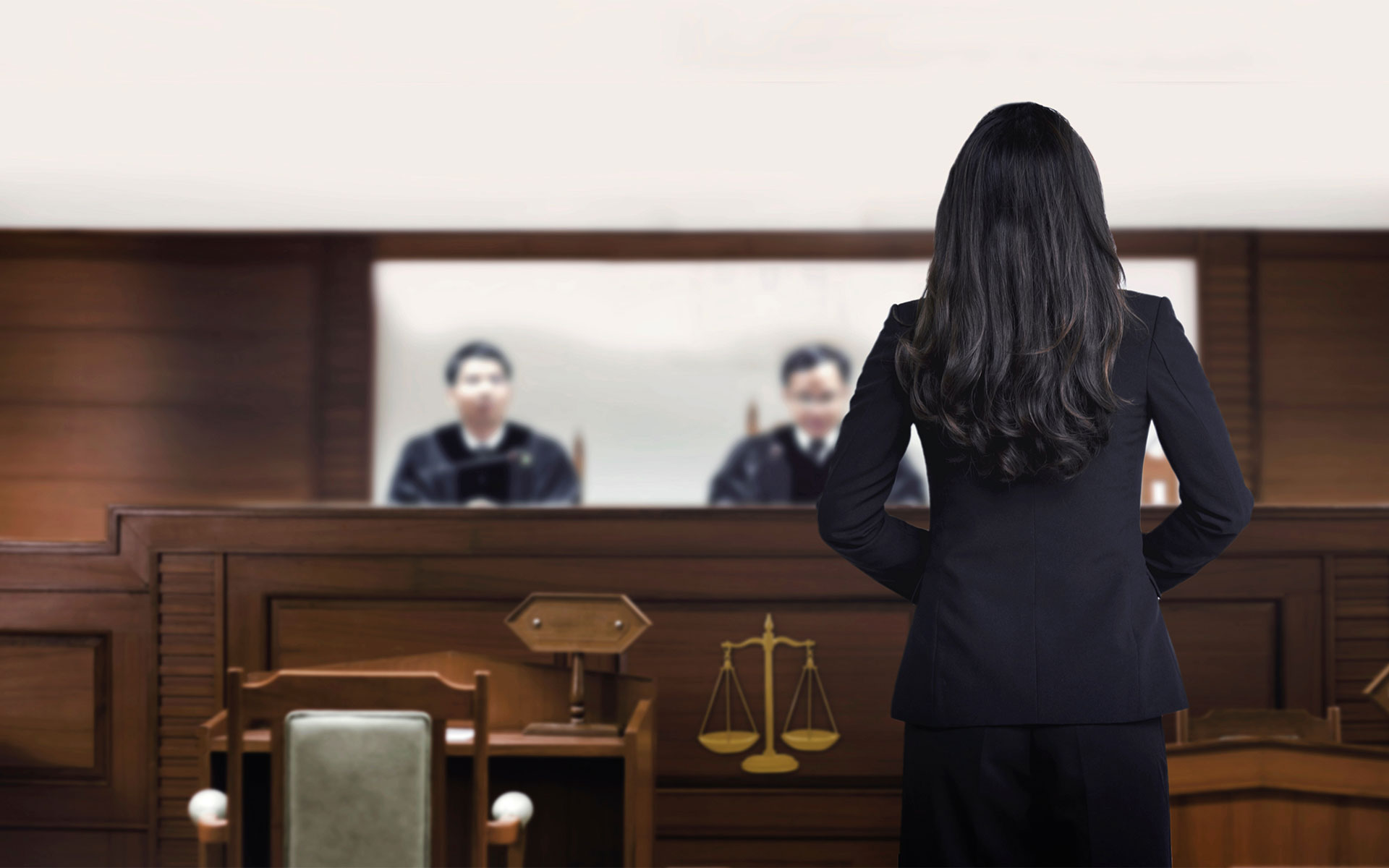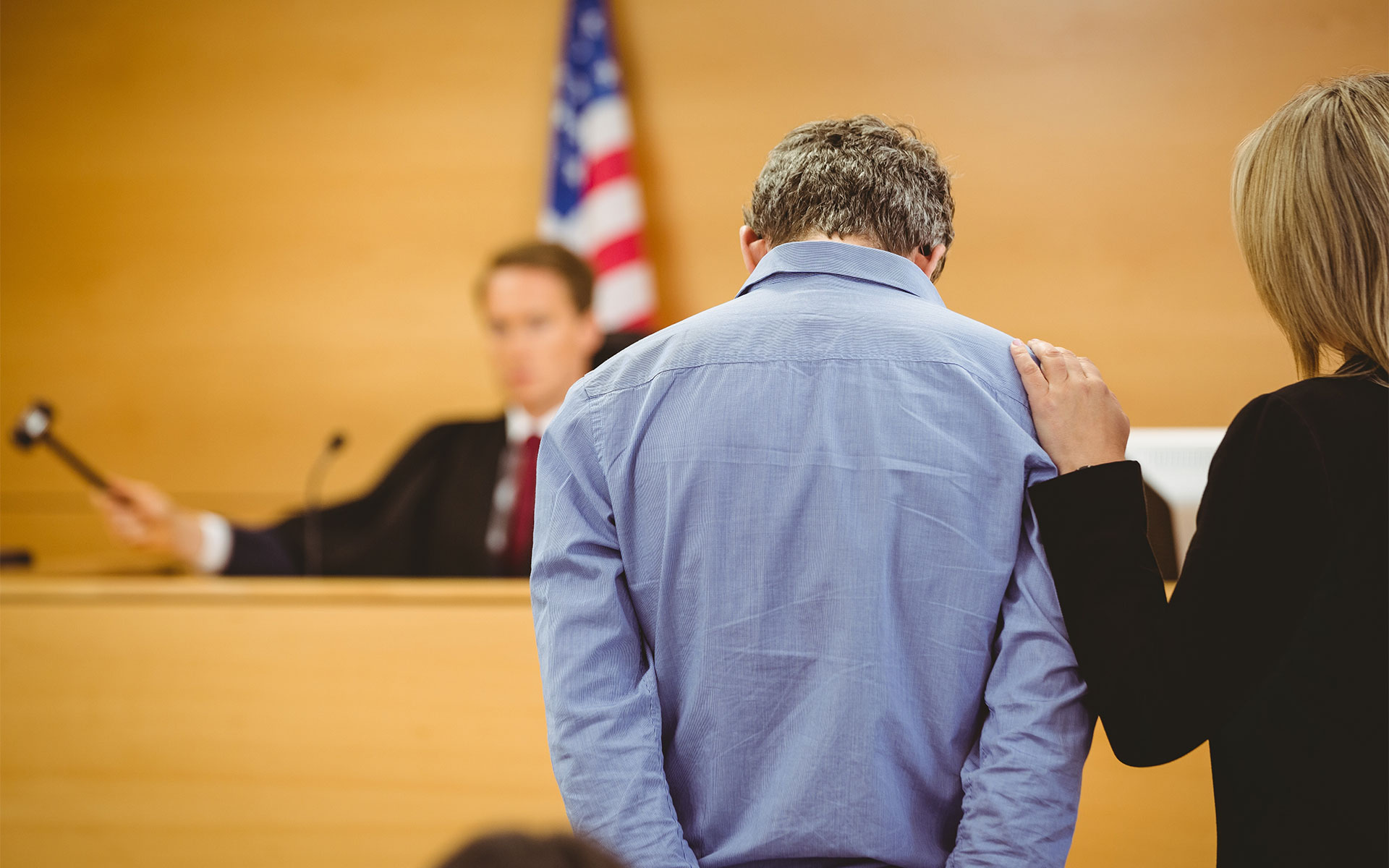
What Are the Stages of a Criminal Jury Trial
Being charged with a crime is not a pleasant situation to find oneself in due to the many uncertainties it brings. Unless the defendant pleads guilty, they are likely going to face a criminal trial.
In order to help alleviate some of the suspense this phase brings, in this blog post, we clarify the specificities of each of the eight stages of a criminal trial.
1. Choosing a Jury - Voir Dire
The first stage of most criminal trials is jury selection (the exception are cases in which defendants are only heard by a judge). In this stage, the judge, the defendant’s and the plaintiff’s (the prosecution’s) attorneys interview a number of candidates for jurors to find out about themselves and their attitudes and opinions related to the cause in question. This stage aims to evaluate potential biases the juror may have based on their worldviews or lived experiences. If such biases are identified, the potential juror may be excused.
The jurors can be excused based on the use of a ‘peremptory challenge’ (for non-discriminatory reasons) or based on a ‘challenge for cause’ (when a person is unable to be fully objective).
2. Opening Statements

Once the jury is in place, the defendant and the prosecution present their opening statements: the summaries of their interpretation of the case in question. At this stage, both sides present their perspectives regarding what happened, why, and how. However, no physical evidence nor witnesses are included in this phase. The prosecution, often the government or ‘the state’, is the first to take the stage.
3. Prosecution Evidence and Witnesses
After the initial opening statements, the prosecution presents its arguments first because this side is the one that has the burden of proof. This means that the prosecution is tasked with proving the other side’s guilt beyond a reasonable doubt. This phase allows them to present evidence or invite witnesses that can help them prove their case.
It is important to remember that the court may suspend any sort of evidence that has been obtained by violating the defendant’s rights in relation to the exclusionary rule or based on a so-called motion in limine.
4. Motion for Directed Verdict

While most courts are restricted in discretion to grant a motion for direct verdict, the defendant can move towards it or to a’ judgment of acquittal’ towards the end of the prosecution’s statement. The judgment of acquittal implies the defendant’s request for the court to rule that the prosecution’s presented evidence is ‘insufficient to sustain a conviction’.
5. Defense Evidence and Witnesses
During this stage, the defendant is invited to present their own evidence and to involve any potential witnesses with an aim of disputing the prosecution’s case. The defendant is entitled to use their privilege of the Fifth Amendment and not to testify or call witnesses to spare themselves potential self-incrimination.
Unlike the prosecution which has the burden of proof, the defendant does not have to prove their own innocence. The exceptions in which the defendant has the burden of proof are so-called affirmative defenses, and these include insanity, self-defense, and entrapment.
6. Closing Arguments
During the closing arguments both sides have an opportunity to sum up their statements, emphasize their own strong points or remind the jury of their evidence and the overall position. Commonly, the prosecution will show the evidence that proves the defendant’s guilt, while the defense will aim to highlight the prosecution’s shortcomings and how they didn’t meet the burden of proof.
7. Jury Instruction

The following phase includes judges’ instructions for the jury. Here, the judge outlines legal standards based on the presented evidence and criminal charges that the jury must use while they are deciding about the defendant’s innocence or guilt.
The judge additionally has to clarify legal concepts such as ‘burden of proof’ or ‘guilt beyond a reasonable doubt’, but also to define the types of crimes that the jury needs to consider.
8. Jury Deliberations and Verdict
Once equipped with the judge’s instructions, the jurors should be well-prepared for a decision making process, or deliberation. During deliberation the jury aims to make a joint decision regarding whether the defendant is innocent or guilty. This process can last from a couple of hours to several weeks, depending on the complexity of the case and the heterogeneity of the opinions among jurors. Some states require the jury’s unanimous decision.
In absence of such a decision the judge may announce a mistrial, which is followed by dismissal of the case and starting from the scratch and gathering a new jury. Otherwise, after reaching a verdict, the jury informs the judge about their decision, who then announces it to the court.
Now that you have learned the stages of a criminal trial, Contact GHC Criminal Defense Attorneys
Each minute counts, so make sure to contact GHC Law Firm today at (512) 614-4412 if you are in need of assistance in a criminal defense case.



